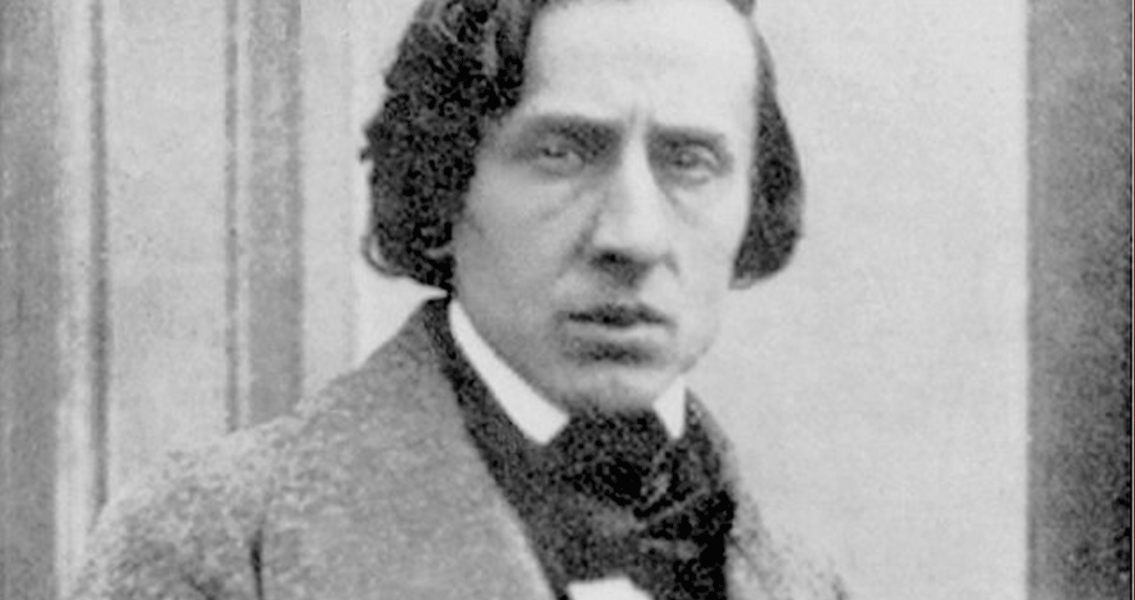<![CDATA[Polish composer Frederic Chopin died on October 17, 1849, supposedly from the classic Romantic ailment - tuberculosis (TB). However, earlier this year, following a scientific examination of Chopin's heart, doubts have begun to arise about what really killed him. In April of this year, a secret ceremony took place in the dead of night at a church in the Polish capital Warsaw, to remove a crystal jar from its pillars. The crystal jar contained the heart of Frederic Chopin, which would be examined by forensic and genetic scientists. The heart had been preserved in alcohol - most likely cognac according to scientists - for more than 160 years. The scientists who removed the jar from the pillars were in search of what really killed Chopin, the "musical embodiment" of Poland, according to BBC News. When Chopin died, at the age of 39, he was staying in an apartment in Place Vendome in Paris. France's leading specialist on TB at the time had diagnosed Chopin with the disease months earlier, and noted it as the cause of death on the death certificate. However, soon after, certain details started to become unclear. The notes from Chopin's autopsy, carried out by Jean Cruveilhier, the same doctor who made the initial diagnosis of TB, were lost. There have been claims that the doctor suggested Chopin may have died of something other than TB, "a disease not previously encountered." Eventually rumors spread and speculation grew. Theories from cystic fibrosis to an inherited form of emphysema were suggested as scientists worked to get to the bottom of what really killed Chopin. In September, the speculations seemed to be halted when forensic and genetic scientists gathered at the Holy Cross Church in Warsaw to reveal their conclusions. They reported that Chopin's heart was well preserved and contained "TB nodules". It was also "much enlarged, suggesting respiratory problems, linked to a lung disease." The scientists had seemingly confirmed TB as the cause of death of Frederic Chopin. However, it was then found out that the examination of Chopin's heart was only a visual one. No tissue samples were taken, and the jar had never been opened. In fact, the jar had never even left the church. Sebastian Lucas, Emeritus Professor of Pathology at Guy's and St. Thomas Hospital in London, believes a simple visual examination of the heart would not have been nearly detailed enough to give a conclusion for what really killed Chopin. He stated, "Nodules (like those found in the hearts of TB patients) sound good for TB as the diagnosis, but other diseases can mimic that appearance - cancer, and a fungus infection such as aspergillosis. You can't tell which one by the naked eye." Unfortunately, to many Polish people, the idea of examining the heart of Poland's "musical embodiment" is considered sacrilegious and leaves many with a feeling of desecration. The scientists are still in a constant battle with the Polish people and the church to find out the real cause of Frederic Chopin's death. Image courtesy of Wikimedia commons user: Scewing ]]>
What Really Killed Chopin?
